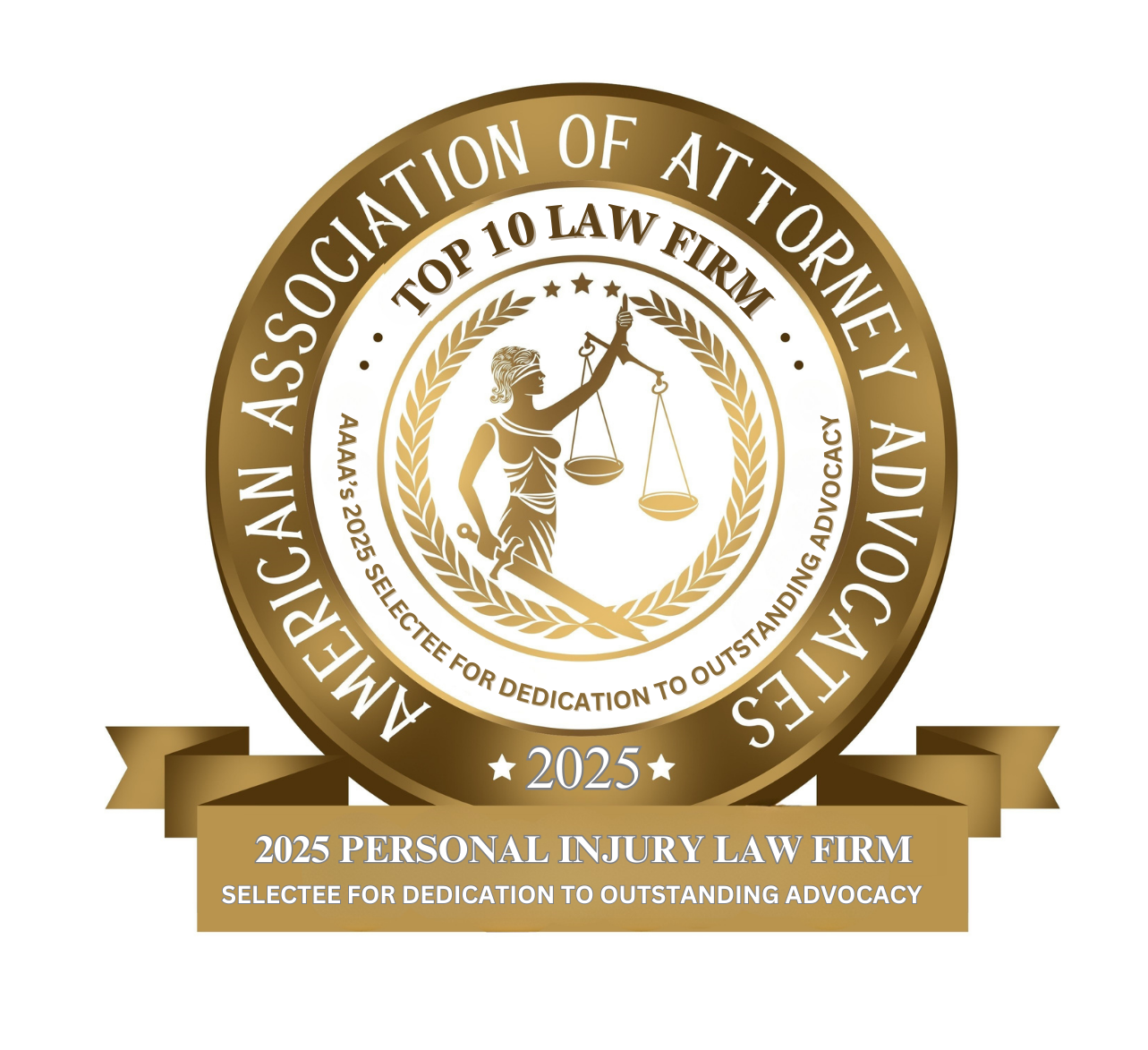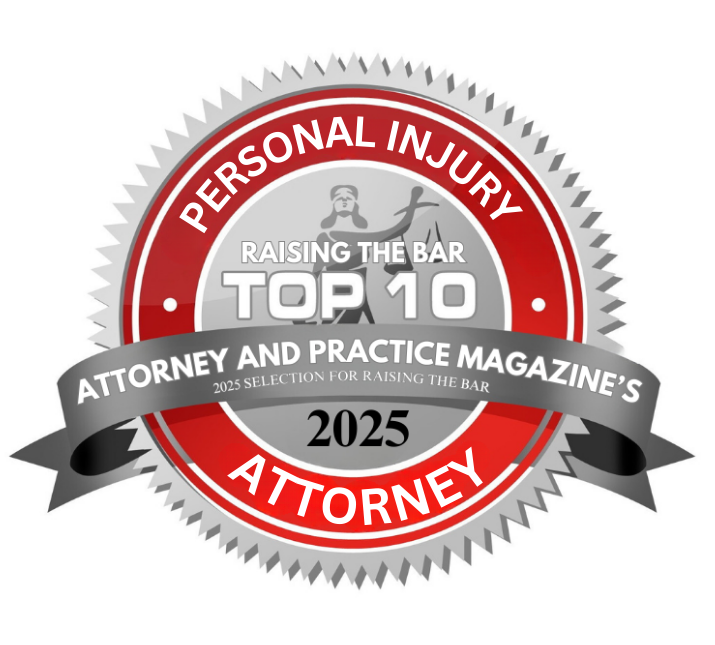- Free Consultation: (630) 527-4177 Tap Here to Call Us
Is Cruise Control Safe And Can It Cause Car Accidents?

Cruise control is one of those car features that feels like a small luxury: set a speed, take your foot off the pedal, and the car maintains speed for you. But as vehicle technology has evolved from simple cruise control to adaptive cruise control (ACC) and other driver-assist features, questions have grown louder: do these systems make driving safer or do they sometimes make car accidents more likely? In this blog, we explain what the evidence shows, why cruise systems can both help and harm, what common crash patterns involve cruise control, practical safety tips, and answers to frequently asked questions. I’ll also include relevant statistics and research citations so you can see where conclusions come from.
“Cruise control and adaptive systems can be helpful tools, but they are not substitutes for driver attention. When accidents happen with these systems engaged, thorough investigation is essential to determine whether human error, system limitations, or a product defect was the real cause.” — John J. Malm, Naperville car accident lawyer
What Is “Cruise Control”?
Because the term “cruise control” is used for both the old and the new systems, it’s important to know which system is in a vehicle when discussing safety. Modern ACC and partial-automation features introduce new human-machine interaction issues that simple cruise control does not.
- Conventional cruise control (CC): the original system that holds a set speed (useful on open highways). It does not adjust for traffic or objects ahead.
- Adaptive cruise control (ACC): uses radar/lidar/cameras to keep a set following distance and can slow/accelerate to match traffic; some ACC systems can bring a vehicle to a stop and resume.
- Partial automation / Level-2 systems (e.g., ACC + lane centering): combine longitudinal (speed) and lateral (steering) assistance but still require an attentive human driver.
What the Evidence Says About Cruise Control
Overall, the research finds that some advanced safety systems reduce crashes, while comfort-oriented systems (including conventional cruise control and, in some studies, ACC) have not consistently reduced crash rates, and in certain data sets, have been associated with higher crash rates.
Key findings researchers and safety institutes have reported:
- A 2025 review that assembled real-world data on many ADAS features concluded that comfort-enhancing systems such as conventional cruise control and even ACC were associated with increased crash rates in some analyses (reported effect sizes in that review included roughly +12% for cruise control and +8% for ACC in certain data analyses). The authors argue that classification of systems matters: “intervening” safety systems (like automatic braking) tend to show crash reductions, while comfort systems sometimes do not.
- The Insurance Institute for Highway Safety (IIHS) and Highway Loss Data Institute (HLDI) found little evidence that partial automation (ACC + lane centering, etc.) consistently prevents crashes in real-world crash records; they cautioned that many partial-automation features are convenience features with limited crash-reduction effect so far.
- Other IIHS research has shown that drivers using ACC are more likely to speed (drivers sped in 95–96% of ACC usage periods versus 77% of manual driving periods in a study), which can undermine safety benefits because higher speeds increase crash risk and severity.
- Separately, drowsy driving remains a major crash contributor: observational studies estimate that ~9% of all crashes and ~11% of severe crashes involve measurable drowsiness indicators (eyelid closure). Systems that make driving less engaging (including prolonged cruise control use) can contribute to reduced vigilance, increasing the risk of drowsy or inattentive driving.
Put simply: crash-reducing technologies that actively intervene (automatic emergency braking, lane-departure prevention) have clearer safety benefits. Comfort features like cruise control and even ACC show mixed or context-dependent real-world results and, importantly, may change driver behavior (speeding, reduced attention), which can offset potential benefits.
How Cruise Control Can Contribute to Car Accidents
- Reduced driver engagement and vigilance: keeping a constant speed for long periods can make drivers less alert and slower to respond to sudden hazards. This effect is implicated in increased reaction times and drowsiness.
- Over-reliance and complacency: drivers may trust ACC to handle more than it’s designed for (e.g., expecting it to steer or detect all hazards), delaying manual intervention.
- Speeding behavior with ACC: studies show drivers are more likely to exceed posted limits while using ACC, sometimes by larger margins. Higher speed increases crash likelihood and severity.
- System limitations and edge cases: radar/camera sensors can miss stationary objects, detect motorcycles poorly, or perform worse in bad weather. If the driver is not ready to intervene, the delay can cause collisions.
Typical Crash Types Involving Cruise Control Systems

- Rear-end collisions: if the system fails to detect a sudden stopped vehicle (particularly true for older or non-intervening CC systems), or if a driver is slow to react, rear-end crashes can occur.
- Lane-related incidents in partial automation: when drivers over-trust ACC + lane-centering and fail to monitor the road, lane departures or conflicts with other vehicles can happen.
- High-speed severity: because ACC/CC are often used on highways, crashes that do occur tend to be higher speed and therefore more severe.
Practical Safety Tips for Drivers
- Only use cruise control on long, straight highway stretches with light traffic. Avoid use on city streets, curvy roads, heavy traffic, or poor weather.
- Stay attentive. Treat ACC/CC as a convenience, not an autopilot. Keep hands on the wheel and eyes on the road.
- Use a driver-monitoring system (if available) and respond to alerts promptly. Studies show driver-monitoring reduces crash risk when paired with ADAS.
- Maintain safe following distances and set ACC to a longer gap in heavy or variable traffic.
- Don’t use cruise control if you feel tired. Schedule breaks every 1.5–2 hours on long trips.
- Know your vehicle’s limitations: read the owner’s manual for how your specific ACC works and its limitations (e.g., detection range, low-speed behavior).
Legal and Insurance Implications When Cruise Control is Involved in a Crash
- Cause is still fact-specific. The mere presence of cruise control or ACC in a vehicle does not automatically make the system or the driver liable for a crash. Investigators will look at whether the driver used the system appropriately, if there were system warnings, and whether the vehicle’s sensors or software had defects.
- Evidence to collect after a crash: photographs, damage patterns, event data recorder (EDR) downloads, maintenance records, and any warnings or alerts recorded by the vehicle can be critical. Many modern vehicles log ADAS usage and driver interventions. That data can show whether cruise control/ACC was engaged and how the vehicle behaved prior to impact.
- Manufacturing or software defect claims: if a system malfunctioned (false braking, failure to detect obstacles, or deceptive labeling about capabilities), there may be product liability claims against manufacturers but these require technical proof and often expert analysis.
Frequently Asked Questions about Cruise Control Safety
Q: Is regular cruise control safer than driving manually?
A: It can reduce fatigue from constant pedal use on long highways, but it may also reduce vigilance. Evidence does not show a consistent crash-reduction benefit for conventional cruise control, while some analyses even link it to higher crash rates in certain contexts.
Q: Is adaptive cruise control (ACC) safer than normal cruise control?
A: ACC can improve spacing behind other vehicles and prevent some rear-end events, but real-world studies show mixed results. ACC can encourage speeding and complacency, and several studies found little or no overall crash reduction from partial automation systems when measured in police crash data.
Q: Can cruise control make me drowsy?
A: Some research suggests that driving with cruise control, particularly for long, monotonous periods, is associated with increased fatigue and slower reaction times compared with active manual driving. Avoid using cruise control if you feel tired.
Q: If I was using cruise control and crashed, am I automatically at fault?
A: No. Fault depends on negligence and the crash circumstances. Investigators will examine whether the driver used the system correctly, whether the system malfunctioned, and whether other drivers acted negligently. Data logs and expert analysis can be determinative.
Contact the 5-Star Rated Illinois Car Accident Attorneys at John J. Malm & Associates
If you or a loved one has been injured in a car accident involving cruise control or adaptive driving technology, it’s important to understand your legal rights. Determining whether the crash was caused by driver error, a malfunctioning system, or a vehicle defect often requires a detailed investigation and expert analysis. At John J. Malm & Associates, our experienced Illinois car accident attorneys have the knowledge and resources to uncover what really happened and to hold negligent drivers and manufacturers accountable. We have successfully represented victims of complex motor vehicle cases throughout Illinois, helping clients recover compensation for medical expenses, lost income, and pain and suffering.
Don’t face the insurance companies or manufacturers alone. Contact John J. Malm & Associates today for a free consultation. Call us at (630) 527-4177 or reach out through our online contact form to speak directly with one of our attorneys. We are ready to listen to your story, explain your options, and fight for the justice and compensation you deserve.















